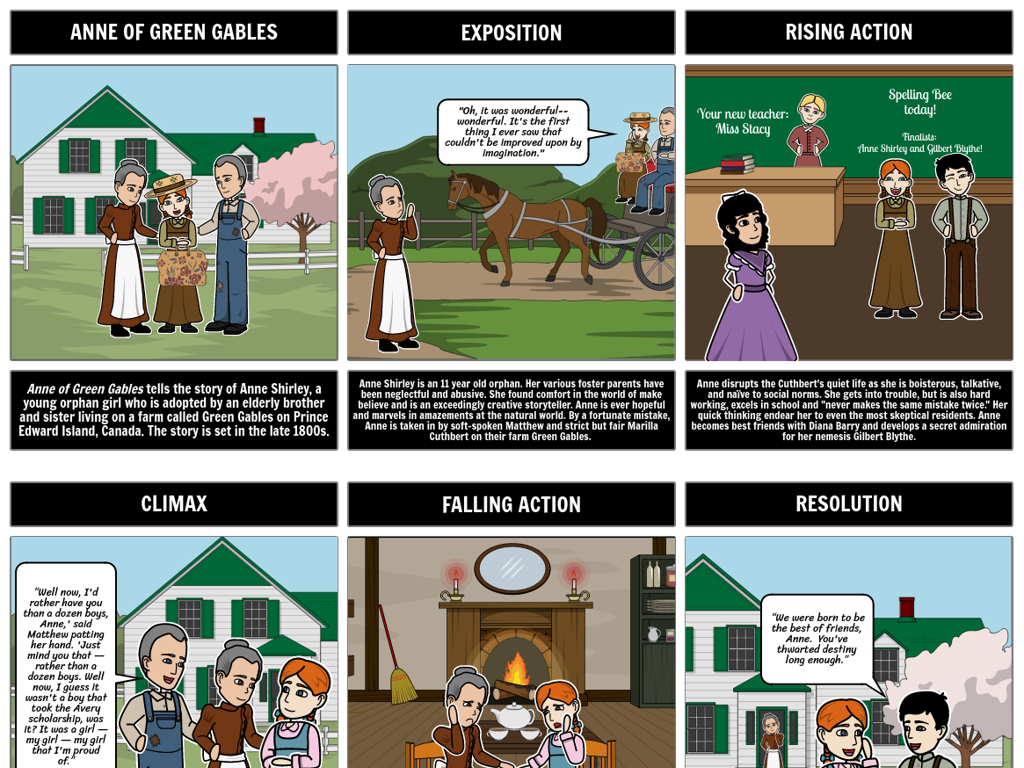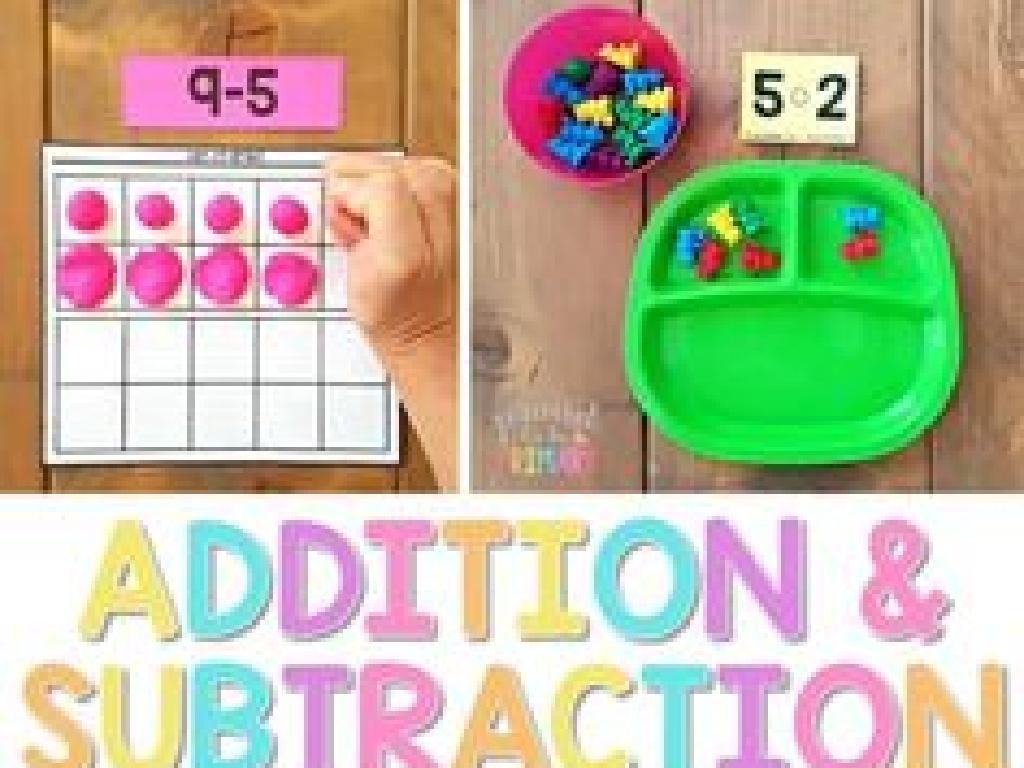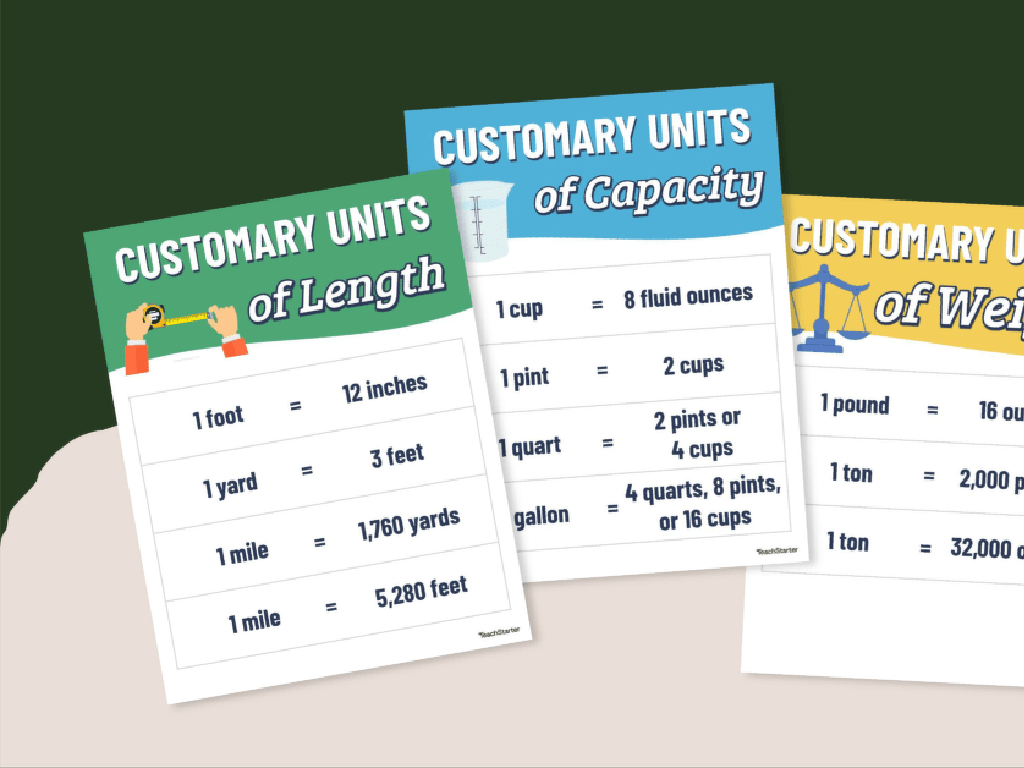Classify Quadrilaterals Ii
Subject: Math
Grade: Eighth grade
Topic: Two-Dimensional Figures
Please LOG IN to download the presentation. Access is available to registered users only.
View More Content
Classifying Quadrilaterals
– Recap: 2D Figures
– Define Quadrilaterals
– A four-sided polygon with straight sides
– Characteristics of Quadrilaterals
– Discuss sides, angles, and symmetry
– Class Activity: Identify Quadrilaterals
– Use various quadrilaterals to test understanding
|
Begin with a brief recap of two-dimensional figures to refresh students’ memory. Define quadrilaterals as polygons with four straight sides and emphasize that squares, rectangles, trapezoids, and rhombuses are all examples of quadrilaterals. Discuss the characteristics that help us classify quadrilaterals, such as the length of sides, types of angles, and lines of symmetry. For the class activity, provide students with a mix of quadrilateral shapes and ask them to classify each one, justifying their reasoning. This will help reinforce their understanding of the properties of each type of quadrilateral. Encourage group discussion and peer learning as students engage with the activity.
Exploring Quadrilaterals
– Define a quadrilateral
– A polygon with four sides and four angles.
– Identify sides and angles
– Each quadrilateral has 4 sides and 4 angles.
– Quadrilateral examples
– Examples: square, rectangle, rhombus.
– Recognizing non-examples
– Non-examples: triangle, pentagon.
|
This slide introduces the basic concept of quadrilaterals to eighth-grade students. Begin with the definition, emphasizing the requirement of having four sides and four angles. Show visual representations to help students identify these elements in various quadrilaterals. Provide clear examples of common quadrilaterals, such as squares and rectangles, and contrast these with shapes that do not meet the criteria, like triangles and pentagons. Encourage students to think about the properties of the sides and angles that make a shape a quadrilateral. This foundational knowledge will be crucial as they progress to more complex concepts in geometry.
Classifying Quadrilaterals
– Quadrilateral categories
– Four-sided figures with distinct properties
– Parallelogram properties
– Opposite sides parallel and equal, angles ‘typically’ 90 degrees
– Rectangle vs. Square
– Both have 4 right angles, but squares have 4 equal sides
– Rhombus and Trapezoid traits
– Rhombus has all sides equal but not all angles 90; trapezoid only one pair of parallel sides
|
This slide aims to help students understand the different types of quadrilaterals and their properties. A quadrilateral is a polygon with four sides and four angles. Key categories include parallelograms, rectangles, squares, rhombuses, and trapezoids. Emphasize that all squares are rectangles, but not all rectangles are squares, and similarly, all squares and rectangles are parallelograms, but not all parallelograms are squares or rectangles. Rhombuses are often confused with squares, but they do not require right angles. Trapezoids are distinct in having only one pair of parallel sides. Encourage students to look for these properties to distinguish between each type. Provide examples of each and have students practice identifying the type of quadrilateral based on given properties.
Hierarchy of Quadrilaterals
– Quadrilateral family tree
– A diagram showing how different quadrilaterals are related
– Subsets of quadrilaterals
– Squares are rectangles, but not all rectangles are squares
– Defining properties
– Sides, angles, and symmetry define each quadrilateral type
– Exploring examples
– Compare squares, rectangles, rhombi, and trapezoids
|
This slide introduces students to the concept of the quadrilateral family tree, which helps them understand how different quadrilaterals are related and classified. Emphasize that specific properties such as the length of sides, measures of angles, and lines of symmetry determine where a quadrilateral fits within the hierarchy. For example, all squares are rectangles because they have four right angles, but squares have the added property of four equal sides, which rectangles do not require. Encourage students to think critically about the properties of each shape and how they can be used to classify quadrilaterals into more specific categories. Provide examples of each type and discuss their defining properties in detail.
Angles in Quadrilaterals
– Sum of angles in quadrilaterals
– The total sum is always 360 degrees.
– Types of angles in quadrilaterals
– Acute (90°) angles.
– Classify quadrilaterals by angles
– E.g., rectangles have four right angles.
– Angle sum property application
– Use angle measurements to determine the type of quadrilateral.
|
This slide aims to deepen students’ understanding of the angle properties in quadrilaterals. Begin by explaining that the sum of the interior angles in any quadrilateral is 360 degrees. Then, discuss the different types of angles – acute, right, and obtuse – and how they can be identified within various quadrilaterals. Emphasize the use of these angle measurements to classify quadrilaterals, such as recognizing that a quadrilateral with four right angles is a rectangle. Provide examples and encourage students to practice by measuring angles in different quadrilaterals and using the angle sum property to verify their classification.
Sides and Symmetry in Quadrilaterals
– Comparing side lengths
– Equal sides suggest regularity, while unequal sides indicate irregular shapes.
– Quadrilateral symmetry lines
– Count symmetry lines in squares, rectangles, and rhombi.
– Symmetry’s role in classification
– Symmetry aids in determining the specific type of quadrilateral.
– Activity: Identify and classify
|
This slide aims to deepen students’ understanding of quadrilaterals by examining their sides and lines of symmetry. Start by discussing the difference between equal and unequal side lengths and how this can indicate whether a quadrilateral is regular or irregular. Move on to explore the concept of symmetry within quadrilaterals, highlighting that squares have four lines of symmetry, rectangles have two, and rhombi have two as well. Explain how the presence or absence of symmetry lines can help classify a quadrilateral. Conclude with an interactive activity where students identify and classify quadrilaterals based on their sides and symmetry. Provide examples like a square vs. a rectangle and a rhombus vs. a kite to illustrate the concepts. Encourage students to draw and share their own examples.
Classifying Quadrilaterals: Practice Session
– Classify with Example 1
– Example 1: A shape with two pairs of parallel sides and all angles equal.
– Classify with Example 2
– Example 2: A quadrilateral with only one pair of parallel sides.
– Understand classification reasoning
– Why do we categorize one as a square and the other as a trapezoid?
– Discuss properties of quadrilaterals
|
This slide is aimed at providing students with hands-on practice in classifying quadrilaterals. Start with two distinct examples, one being a square and the other a trapezoid, to illustrate the process of classification. Encourage students to observe and discuss the properties such as the number of parallel sides and the equality of angles that lead to the classification of the shapes. This will help them understand the reasoning behind categorizing quadrilaterals and reinforce their knowledge of the properties of these two-dimensional figures. The discussion should also touch upon the hierarchy of quadrilaterals and how each shape fits into it. Provide additional examples if time permits to solidify their understanding.
Class Activity: Quadrilateral Scavenger Hunt
– Understand scavenger hunt rules
– Identify quadrilaterals in class
– Look for squares, rectangles, trapezoids, etc.
– Pair up and collaborate
– Share findings and discuss classifications
– Fill out the activity sheet
– Record the shapes and their properties
|
This interactive class activity is designed to help students apply their knowledge of quadrilaterals in a fun and engaging way. Students will work in pairs to search for real-life examples of quadrilaterals in the classroom environment. They should look for shapes like squares, rectangles, parallelograms, trapezoids, and rhombuses. Encourage them to discuss with their partner why a shape fits into a particular category and to note down the properties that led to their classification. Provide an activity sheet for students to record the type of quadrilateral, its properties, and where it was found. This activity will reinforce their understanding of the characteristics that define each type of quadrilateral. Prepare to facilitate and guide the pairs, ensuring they stay on task and understand the classification criteria.
Classifying Quadrilaterals: Review & Reflection
– Recap of today’s lesson
– We learned about different quadrilaterals and their properties.
– Discuss any challenges faced
– Were there any concepts that were difficult to understand?
– Explore applications of knowledge
– How might understanding shapes help in real life, like in architecture or design?
– Strategies for overcoming difficulties
– Reviewing examples, practicing problems, or working in groups could help.
|
This slide is aimed at summarizing the key points from today’s lesson on classifying quadrilaterals. Encourage students to reflect on what they’ve learned and to openly discuss any challenges they encountered. Facilitate a conversation on how this knowledge of quadrilaterals can be applied in various real-world contexts, such as engineering, art, and technology. Provide strategies for students to overcome any difficulties, such as additional practice or collaborative learning. This reflection will help solidify their understanding and prepare them for further mathematical concepts.
Homework: Mastering Quadrilaterals
– Complete classification worksheet
– Study for the upcoming quiz
– Compile questions for next class
– Think about areas you’re unsure about
– Review properties of quadrilaterals
– Focus on sides, angles, and symmetry
|
This homework assignment is designed to reinforce students’ understanding of quadrilateral classification. The worksheet will provide practice in identifying and categorizing different types of quadrilaterals based on their properties, such as the lengths of sides, types of angles, and lines of symmetry. Encourage students to study for the quiz by reviewing their notes, textbook, and any class materials provided. Remind them to bring any questions they have to the next class so that any uncertainties can be addressed before the quiz. This will help ensure that all students are well-prepared and confident in their knowledge of quadrilateral classification.





